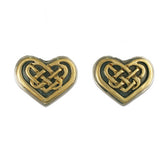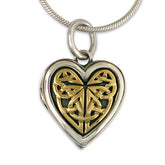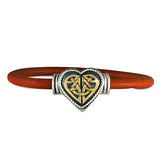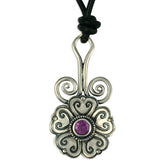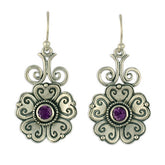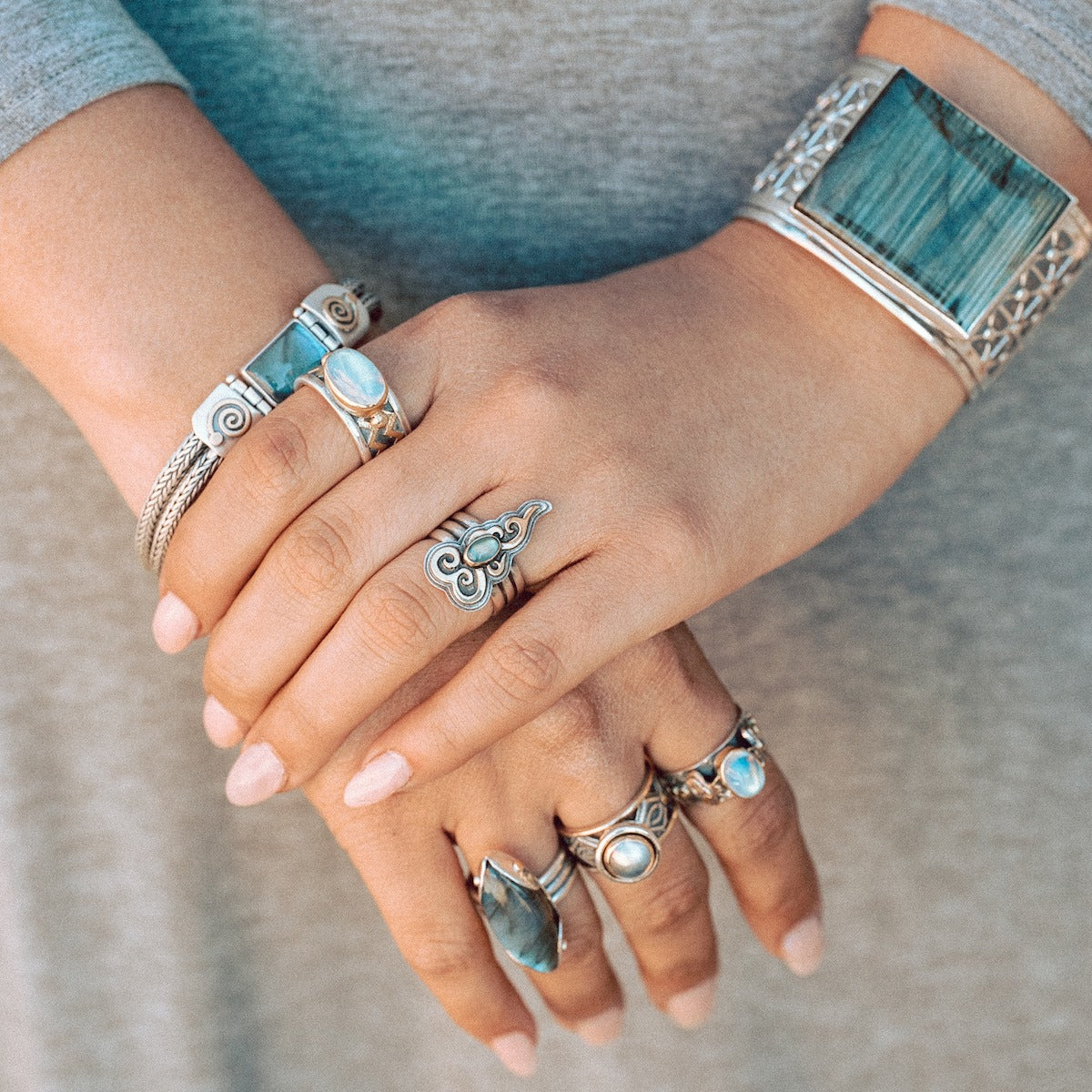Celtic Wedding Customs And Traditions
Celtic Wedding Customs And Traditions
The true Celtic wedding customs and traditions come from clear springs, the reverence of water sweet and straight from the rock and soil. Customs were inspired by the fragile beauty forest flowers, the moon light and the constant turn of seasons over the years.
Under the wild and natural settings people gathered in great circles, close to the breath of their gods who sanctioned the unions. Indeed, the very term, “bride,” has Celtic roots in the goddess, Brigid. Some say that her maiden name was “bride.” Through her fiery nature, she was considered “bride of the earth,” keeper of the hearth.
For the Celtics, location was critical. In ancient times, just as today, where an actual wedding took place was imbued with significance. Celtic wedding ceremony was witnessed by communities of friends and loved ones, including, perhaps, the yew tree, two thousand years old, wise and timeless. All the elements were intertwined, imbued with soul and tied to a great web of life. How to take the spirit of this perspective into modern day can require, perhaps, celebrates the connection to nature and the uniqueness of one’s particular Celtic culture.
Every Celtic bride and groom has to decide whether the marriage will take place in a natural setting, less touched by human hands or in a building such as a church. Traditionally, weddings were held in circles, rather than aisle.
Circles are the blueprint behind life giving systems in nature. They are a symbol of wholeness and completeness, in contrast to the more linear and hierarchic perspective of religious institutions. Those interested in being true to ancient Celtic ways would choose to be married in a circle. They also might consider being married barefoot—an ancient Celtic wedding tradition. To feel one’s feet directly on the soil is a way of connecting to Mother Earth. It is also a sign of simplicity and humility. We are all made of earth and we are ultimately children of the earth. To be barefoot in one’s ceremony connects into this ancient Celtic perspective.
Food, naturally, played an important role in Celtic wedding traditions from ancient times. Family and friends of the bridge and groom gathered, along with the community, to take part in a great feast. So it is today, where food continues to be a major part of any Celtic wedding ceremony. Irish weddings and Scottish weddings have their own particular fare. While the average groom would not likely go out and shoot his own venison with a bow and arrow, it would be inconceivable to step away from a Celtic wedding hungry!
Music, of course, also plays an important part in Celtic weddings. We do not know the music of the ancient tribes, but today, bag pipes, of course, are often the choice. Listening to them stirs the soul. In the right setting, one can feel one’s ancestry and imagine being back in Scotland or Ireland… standing somewhere on the health, feeling the wind in one’s hair! But if not bagpipes, the harp does just fine. Within the confines of a beautiful church, listening to the harm in the setting of a wedding can invoke the blessings of the angels.
Handfasting is another Celtic wedding tradition. The term actually comes from Old Norse: Hand-festa, which means to strike a bargain by joining hands. In the context of commitment and marriage, handfasting is a mutually agreed upon act. A cloth or ribbon is bound around the bride and grooms hands. It has signified, over the years, betrothal or even actual marriage, depending upon the context.
Clothing is also part of many Irish wedding traditions and Scottish wedding traditions. Kilts are popular. Scots naturally want to wear their family plaid. Groomsmen may not have kilts, yet vests or sashes can be made out of the tartan for the ceremonies. Customarily, at least in Scottish weddings, the groom was given a piece of his family’s plaid to pin on the bride after the exchange of the rings.
Finally, a ring with Celtic design has also become a Celtic wedding tradition. The notion of exchanging rings originated with the Romans. Their exchange has come to represent a public sign of ceremonial commitment. Everything about a ring can have resonance with symbolic traditions, from its circular shape, to the materials used in its creation, the inlaid gems or stones chosen, and the engraved symbols on its surface.

